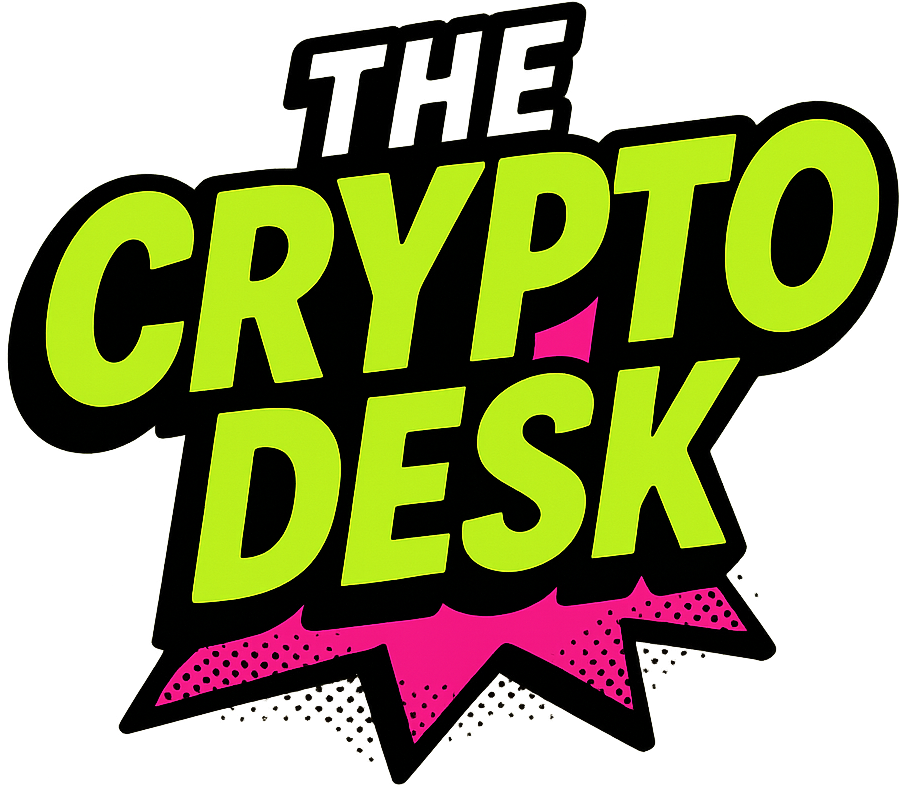Revolutionizing Communication: SSA’s Bold Leap into the Social Media Age
In a groundbreaking move, the U.S. Social Security Administration (SSA) is gearing up to completely transform how it communicates with the public by transitioning exclusive operational updates to X, the innovative platform helmed by Elon Musk. This shift is part of a wider strategy aimed at reforming government operations under the auspices of the Department of Government Efficiency (DOGE). Gone are the days of tedious mailers and traditional press releases; the SSA’s announcements will now thrive in the fast-paced, buzzing environment of social media.
Streamlining Operations: Workforce Cuts and Modernization
The SSA’s transition to a digital-first communication strategy coincides with another significant development: a reduction of its workforce from 57,000 to about 50,000 employees. This strategic realignment aims to bolster operational efficiency amid rising demands for improved service delivery. In a statement released earlier this year, the agency noted, “SSA has operated with a regional structure consisting of 10 offices, which is no longer sustainable,” emphasizing the need to condense its organizational model to only four regions.
This shift reflects an era where traditional bureaucratic structures are increasingly scrutinized for their effectiveness. The SSA has recognized the necessity of modernizing its protocols, and the consolidation of its regional offices is seen as a pivotal step toward a leaner operational framework.
The Controversial Figures Behind the Changes
Elon Musk, who leads the DOGE initiative, has not been shy about his critiques of the SSA, claiming it has been plagued by mismanagement and waste, particularly regarding billions of dollars allegedly disbursed in improper payments. These claims, resonated by the White House, have ignited heated discussions on the long-term viability of Social Security amidst growing concerns over government spending.
On the Horizon: Future Goals of DOGE
As DOGE navigates the often murky waters of federal reform, its initiatives are gaining traction. Earlier this year, the agency launched an internal audit of the Securities and Exchange Commission (SEC), with full access to internal collections of data. This kind of access is unprecedented, marking a significant crossover between public and private sector influences in governmental operations.
With discussions on potentially slashing the IRS workforce by 20%, impacting nearly 6,800 jobs, it becomes evident that the DOGE initiative is prepared to take bold steps toward a redefined public sector. If approved, these cuts may manifest as early as mid-May, just after the federal tax deadline.
Blockchain Evolution: A Transparent Future?
Looking ahead, DOGE is also delving into revolutionary blockchain technologies for public finance. Imagine a scenario where the entire U.S. budget is tracked on an open blockchain, promising unprecedented transparency, heightened accountability, and perhaps even a reduction in extraneous spending. This vision may sound futuristic, but the groundwork is being laid for a more transparent government, one that could redefine participatory democracy.
The SEC and DOGE Collaboration: A New Standard
In another fascinating development, the SEC has agreed to a liaison project that brings DOGE personnel into its operations. This unprecedented partnership grants DOGE representatives the same access to SEC systems and sensitive data as full-time employees. An internal email circulated within the SEC confirms the establishment of a dedicated team to foster collaboration with DOGE members, insisting on the adherence to standard protocols that encompass ethics and IT security measures.
Though the specific objectives of this partnership remain shrouded in ambiguity, it sparks critical questions regarding the intertwining of private-sector innovation with public regulatory frameworks. Will this merger lead to a more responsive and agile governmental structure, or will it raise concerns about the implications of corporate influence in public policy?
Why This Matters: The Broader Implications
The SSA’s pivot to X and the reduction in workforce can be seen as more than mere administrative changes; it represents a seismic shift in how government agencies interact with their constituents. As digital communication becomes the norm, relying on platforms familiar to the public can enhance engagement and transparency. The impending workforce adjustments also serve as a crucial reflection of contemporary efforts aimed at efficiency in a rapidly evolving world.
Expert Opinions: What Analysts Are Saying
Cryptocurrency and technology analysts are cautiously optimistic about these changes. Many believe that the integration of blockchain technology into public finance could catalyze a new era of accountability, with some experts projecting that complete financial transparency may reduce instances of fraud and mismanagement significantly.
Conclusion: The Path Forward
As these seismic shifts unfold, the conversations they spark will be pivotal in shaping the future dynamics of public service. The paradigm shift toward a more digital and blockchain-influenced model is more than just a passing trend; it encourages us to rethink the essence of government accessibility in a technology-driven age.
What do you think about the SSA’s bold move to X? How could blockchain fundamentally change the way we view government funding? Share your thoughts in the comments below!

